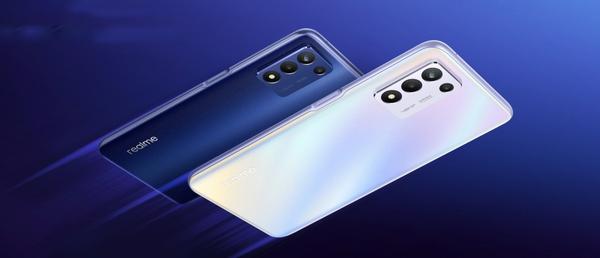The Realme 9 Speed Edition gets its name for two main reasons. First, the phone gets the powerful Qualcomm Snapdragon 778G SoC chipset, which is quite a bit faster than the Snapdragon 695 used on the Realme 9 Pro. Secondly, the Realme 9 SE gets a 6.6-inch, 144Hz panel that supports a 240 Hz touch sampling rate — a combination hitherto unheard of in this price segment (more on that later). The display resolution – at 1,080 x 2,412 pixels – is slightly higher than usual to account for the slight increase in display size. Realme has opted to use an IPS LCD panel on the Realme 9 Speed Edition to keep costs down – a trade-off that Realme thinks most consumers in this price segment may not mind.
The rest of the specs don't look bad either, with the phone coming in two RAM options – 4GB and 6GB – along with 128GB of onboard storage. Typical of phones in this category, users get the option to use microSD cards (it's a triple slot!) for memory expansion.

The larger size of the Realme 9 SE seems to have enabled Realme to use a larger 5,000 mAh battery on the device, and a 30W charger is included in the box with the phone.
From the images shared by Realme at launch, it is clear that the Realme 9 SE gets three rear-facing cameras. This is another area where the SE seems to fall short of its stablemates. Apart from the 48MP primary camera – which will take care of the bulk of imaging – the phone gets a macro camera and a depth sensor — and misses out on an ultra-wide-angle camera. Rounding off the camera department is a 16MP selfie camera housed within a hole punch on the top left corner of the display.
In terms of connectivity, the phone is 5G ready – although most of the markets it will launch – do not have 5G coverage yet. It also supports Wi-Fi 6 and Bluetooth 5.2.
While Realme seems to have taken care of the hardware, the Realme 9 SE seems to be somewhat lacking when it comes to software. The phone still runs the older version of Realme's custom UI called Realme UI 2.0, based on Android 11.
